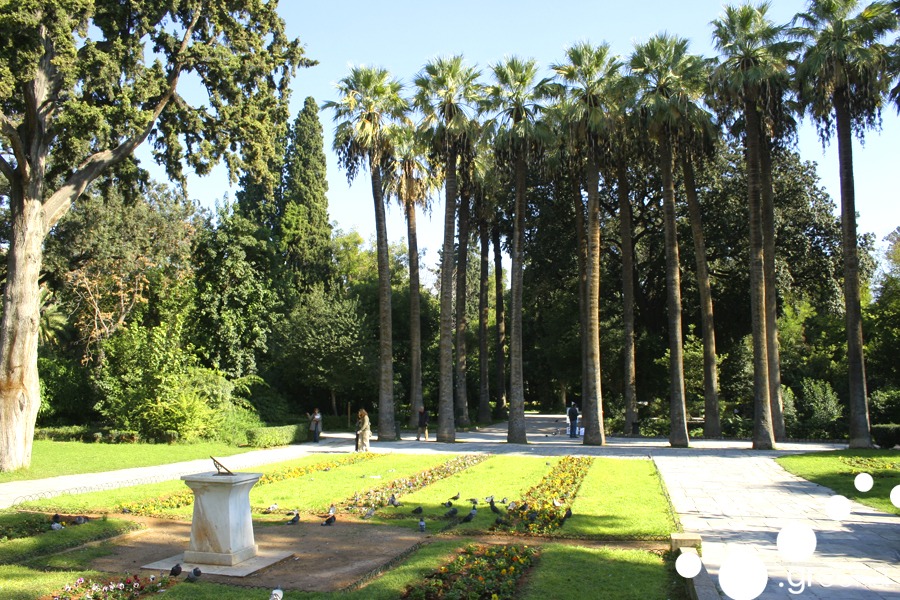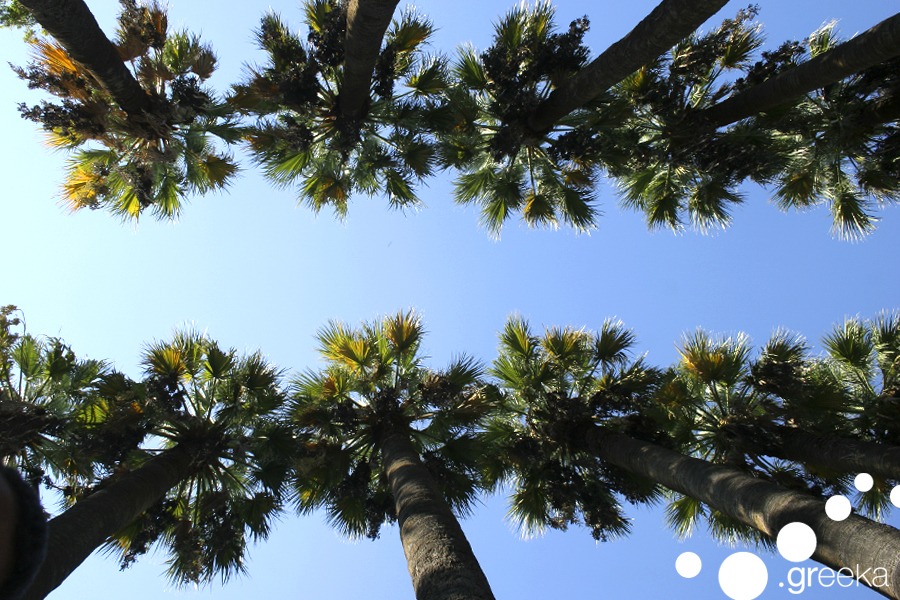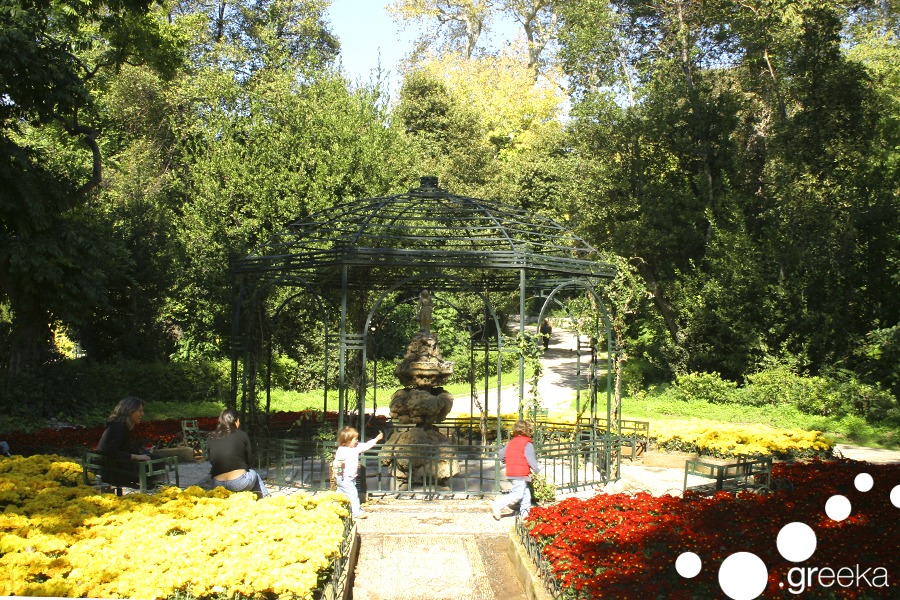In the latter years and despite the economic crisis, Athens has evolved from a two-day stop to visit the Acropolis and then head to the renowned Greek islands to an alternative, highly praised destination in which tourists come to stay for good.
Indeed, Athens is a multifaceted city, where ancient monuments and hip bars lay side to side, creating a dazzling mosaic of enchanting contrasts that invites you to explore even more.

A delightful secret lies in the heart of the city, though, and many tourist guides do not inform you about it. We are referring to the National Garden. Located next to the building of the Hellenic Parliament, right above Syntagma Square, this vast area is the former Royal Garden, an initiative of Queen Amalia in the mid-19th century. The grounds cover an expanse of more than 24 hectares, while there are seven different entrance points, the most accessible being those at Vassilisis Sofias Avenue and Amalias Avenue.
What is quite distinctive about the garden is the variety and rarity of the vegetation it presents. It is home to more than 500 flora species, as well as a few fauna species, mainly birds. The trademark of the garden, though, remains the impressively tall exotic palm trees planted by Queen Amalia herself.

The verdure makes the place ideal for a walk – especially during summertime when temperatures tend to skyrocket during the daytime – as it provides shade and coolness, away from the crowded downtown streets.
The garden is considered a classic choice for a Sunday stroll among the people of Athens. Guests can visit the place from dusk until dawn, and many prefer the peacefulness of the garden paths to take their pets for a walk or exercise. In this extensive area, you can also find lakes with ducks, with small children getting very excited to feed these playful swimmers with the doughy treats offered on the spot.
The sundial at the entrance is another intriguing sight, inviting visitors to guess the hour of the day depending on the sun’s position.

For those interested in Greek history, the Zappeion Megaron constitutes the continuation of the National Garden. There, you can learn about the country’s past and admire the marvelous architecture and the statues of venerable personalities, such as politicians, benefactors, and national heroes. Moreover, a statue of Lord Byron, honoring the great philhellene poet, is regarded as a masterpiece.
Lastly, if you feel that you need a cooling drink or a satisfying lunch after a long day of wandering, the restaurant next to the hall offers a list of palatable choices.
Hence, when you happen to schedule your next trip to the Greek capital, keep in mind to pay a visit to this stunning oasis, as new, thrilling aspects of the city always await just around the corner!
The post National Garden: Athens’ Verdant Haven of Rest appeared first on GREECE TRAVEL BLOG BY GREEKA.




